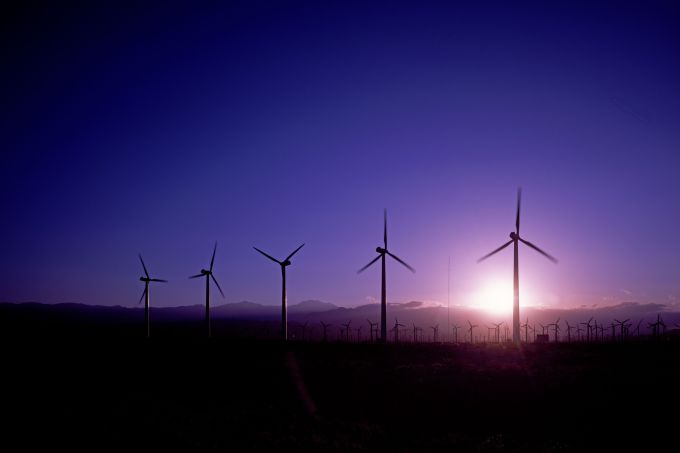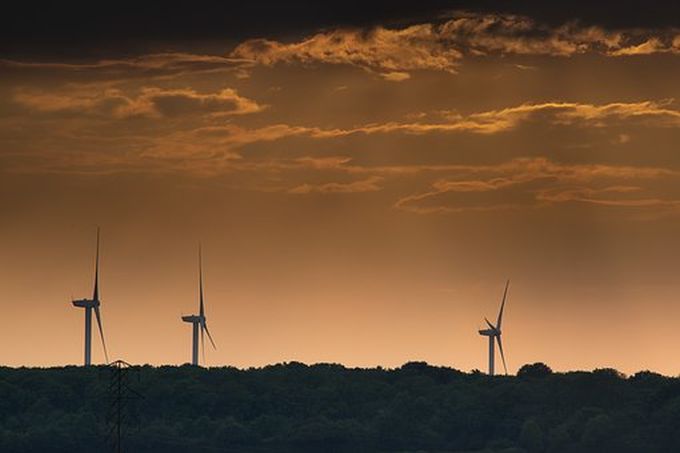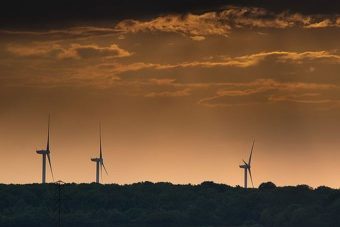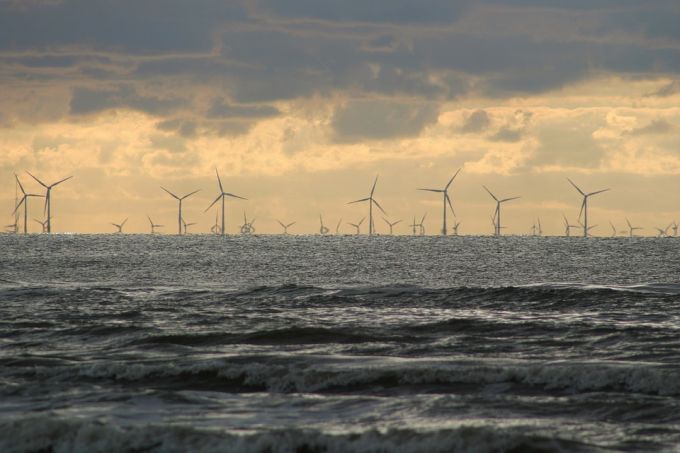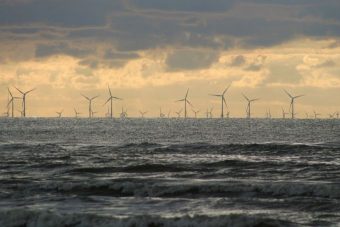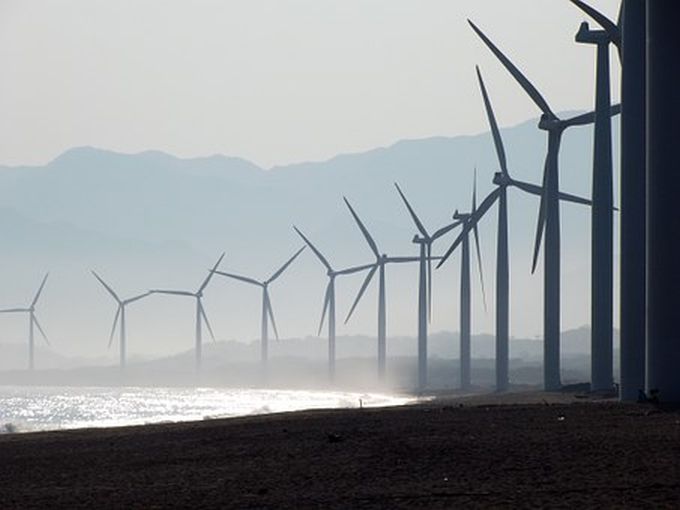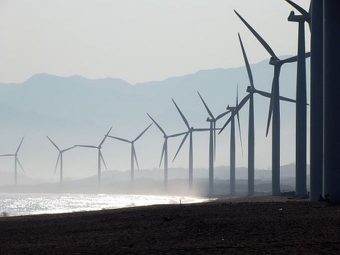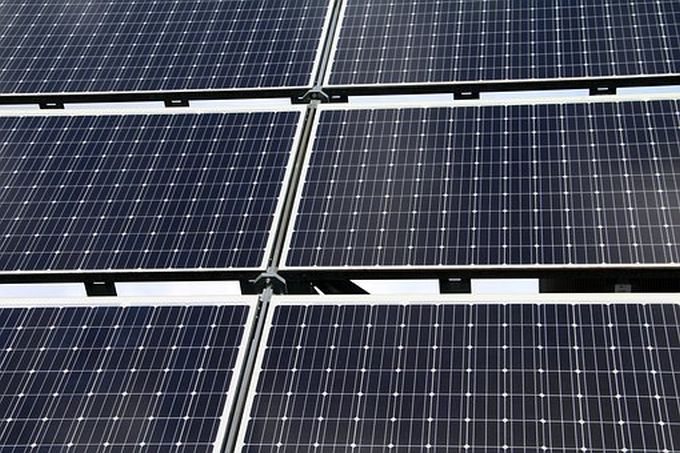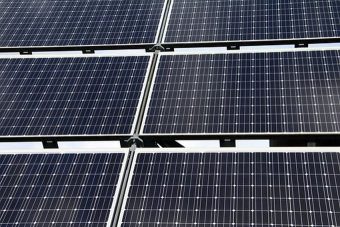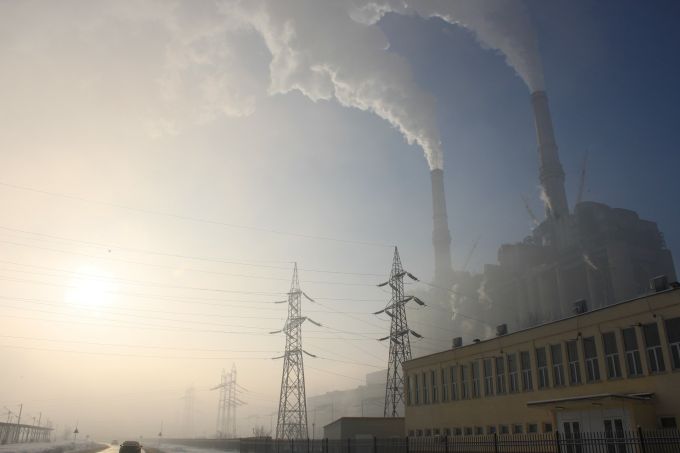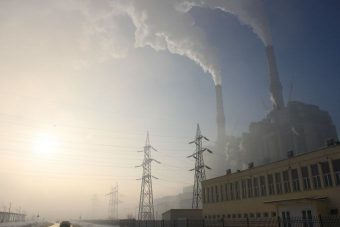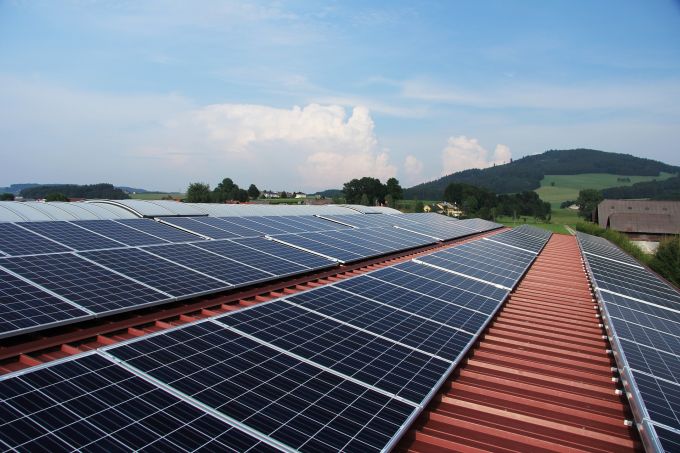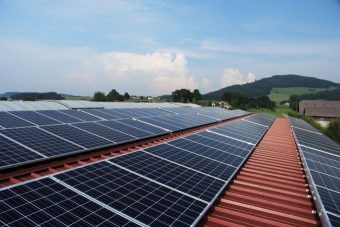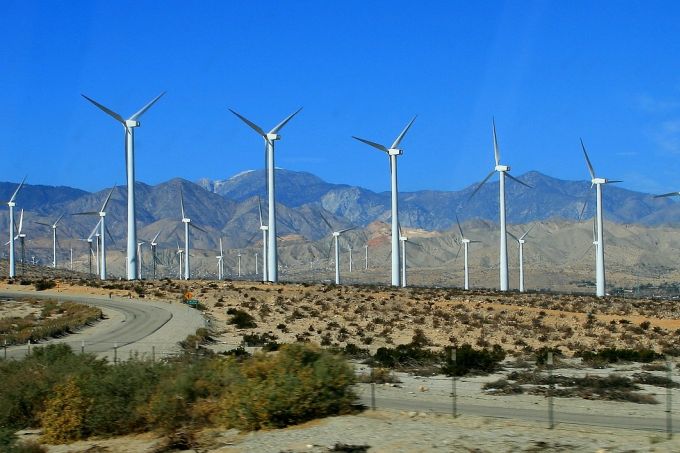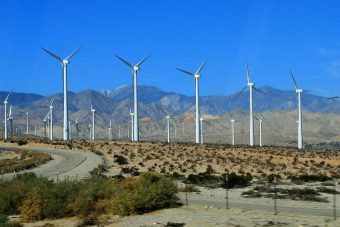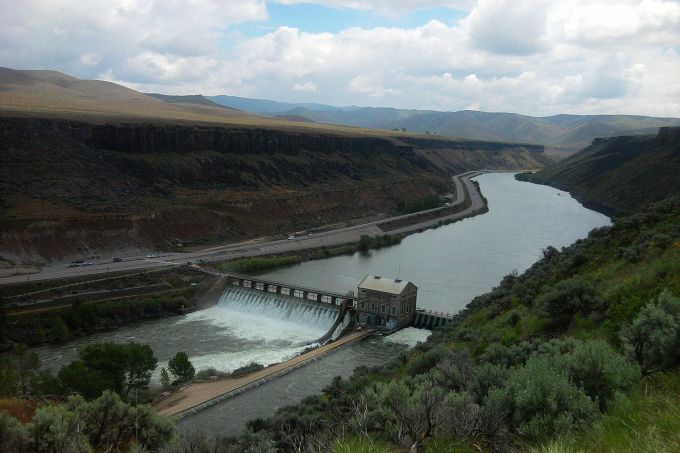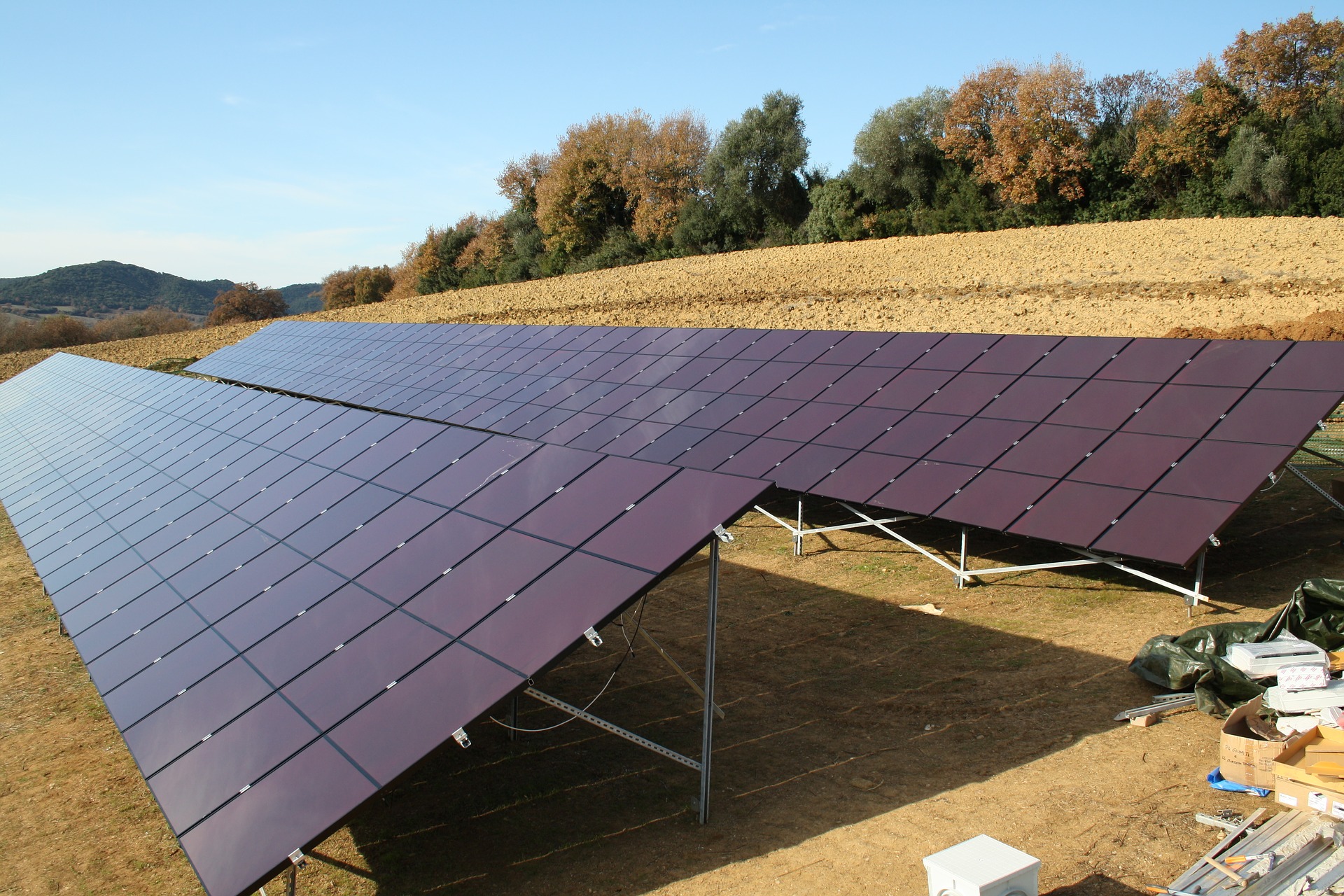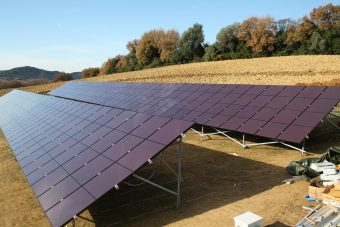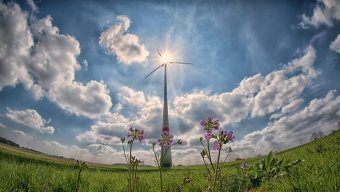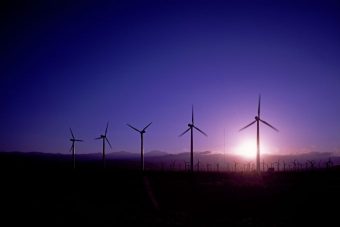
Finland may not be a world-renowned leader in renewable energy, but this month the northern European country announced the completion of its first ever offshore wind farm, the 42 megawatt Tahkoluoto wind farm.
Finland has a relatively small amount of renewable energy capacity when you consider its position and the relative capacity of its neighbors. With around 3 gigawatts (GW) worth of large-scale hydropower, 2 GW worth of bioenergy, and 1.6 GW worth of onshore wind energy, it falls well short of its next-door neighbors, Sweden and Norway. However, all good things start with small steps, and this month Finnish energy developer Suomen Hyötytuuli announced that it had completed the country’s first ever offshore wind farm, the 42 megawatt (MW) Tahkoluoto wind farm located in the Baltic Sea.
Tahkoluoto started out life in 2010 as a demonstration project with one Siemens 2.3 MW wind turbine and has since seen the addition of 9 more wind turbines, each at 4.2 MW. The project received a feed-in tariff of €83,5 per megawatt-hour (MWh) for 12 years and a €20 million demonstration subsidy.
“Suomen Hyötytuuli has now a ready concept for planning and building offshore wind power on an industrial scale,” said Tuomo Kantola, the chairman of the board for Suomen Hyötytuuli.
More impressively, however, is the fact that this is also the world’s first offshore wind farm developed specifically for icy offshore conditions. The Tahkoluoto wind farm must work in demanding icy conditions in Tahkoluoto, in Pori, on the west coast of Finland, and has to deal with a sea that freezes, a shallow coastline, a hard seafloor, and less wind than offshore wind farms that are built in the North Sea, for example.
Looking forward, the Tahkoluoto wind farm now serves as a way forward not only for future wind farms in Finland, but as a demonstration of future wind farms in icy and difficult conditions.
“When operating in the global wind power market, developing technological solutions for arctic conditions can bring export possibilities for Finnish project and technology business,” Tuomo Kantola added. “Suomen Hyötytuuli has an interest in offshore wind power development also in the future. The current situation in energy business makes it hard to make any investments. Political decisions such as the plans to increase real estate taxation have an impact on risk-taking and developing in particular.”
Source: cleantechnica.com


